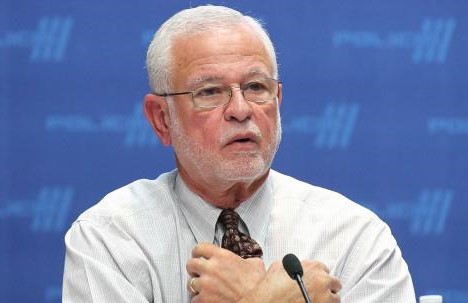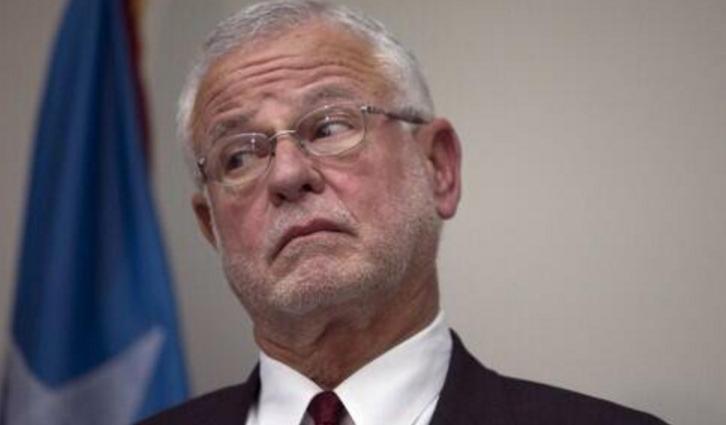SAN JUAN — Federal and local authorities in Puerto Rico said Tuesday that they will implement a “broken windows” policing campaign to fight a surge in killings across the U.S. territory, which has reported 46 homicides so far this month — double the number at the same point last year.
The plan is to crack down on all types of violations, down to minor ones like traffic infractions and illegal tints on car windows, in an effort to get criminals off the street and prevent bigger crimes, Justice Secretary Wanda Vazquez said.
“We are an island of law and order, and we will behave as such,” she said.
The “broken windows” philosophy was implemented by then New York City Mayor Rudy Giuliani in the 1990s with the idea that cracking down on minor offenses such as public urination and graffiti can help deter more serious crimes. Critics contend the strategy is not effective and targets minorities.
Nearly all the victims in Puerto Rico’s homicide surge have been young men in their 20s who were shot to death, with police saying they believe most cases are drug related. The most recent case was a double homicide reported Tuesday before dawn in the northern city of Caguas where two men were found burned to death inside a car. Earlier this week, a 20-year-old university student working at a food truck was fatally shot during a robbery.
No one has been arrested in any of the killings this month, although a handful of arrest warrants have been issued. The cities of Carolina and Caguas are tied for the highest number of killings at nine, followed by the capital of San Juan with eight.
Puerto Rico’s homicide rate is roughly 20 killings per 100,000 residents, compared with 3.7 per 100,000 residents on the U.S. mainland
The spike in killings comes amid a widespread power outage left by Hurricane Maria and an increase in absences among police officers who are protesting, among other things, millions of dollars owed in overtime pay this year following the storm. More than 2,000 police officers were calling in sick daily, compared with an average of 600 on a normal day, forcing dozens of police stations to close for hours or days at a time during the holidays. However, government officials recently said absences have dropped significantly in the islandwide force, which is one of the largest police departments under U.S. jurisdiction with some 13,600 officers. Meanwhile, nearly 40 percent of power customers are still in the dark almost four months after Maria.
U.S. Attorney Rosa Emilia Rodriguez said she could not provide further details of the new campaign, but added that she is requesting additional resources from the local government including more prosecutors to deal with the surge in killings.
“We’re going to be successful,” she said. “I have no doubt.”
Rodriguez said part of the homicide problem is that Puerto Rico is a transit point for drugs being shipped from South America to the U.S. mainland, inevitably leading to drug-related crimes.
“Drugs and weapons are more inseparable in Puerto Rico than in any other place,” she said.
Hector Pesquera, secretary of Puerto Rico’s newly created Department of Public Safety, said that most of the killings this month were tied to drugs but that there is “no rhyme or reason” to why there has been a surge in recent weeks.
He said the policing crackdown aims to prevent serious crimes by attacking smaller ones.
Bruce Bagley, a professor at the international studies department at the University of Miami, said such an approach is only a short-term fix and will not solve Puerto Rico’s crime issues.
“The ‘broken windows’ theory doesn’t work really well,” he told The Associated Press. “The problem that Puerto Rico confronts is of course Hurricane Maria, lack of infrastructure, lack of employment, lack of prospects for young people. … It needs a much longer term plan to be effective. There has to be a recovery that focuses on youth education, employment and vocational training.”




